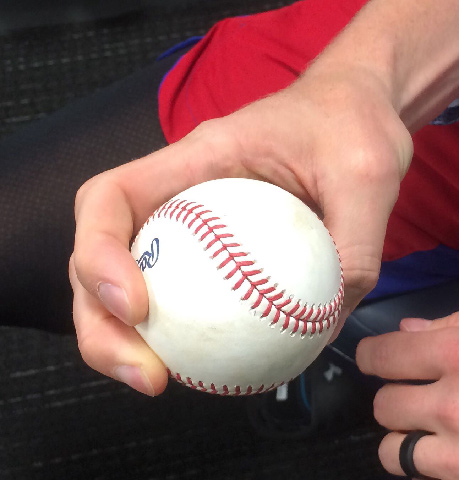Pete Fairbanks, Jack Flaherty, and Will Smith Discuss Their Signature Sliders
Pitchers learn and develop different pitches, and they do so at varying stages of their lives. It might be a curveball in high school, a cutter in college, or a changeup in A-ball. Sometimes the addition or refinement is a natural progression — graduating from Pitching 101 to advanced course work — and often it’s a matter of necessity. In order to get hitters out as the quality of competition improves, a pitcher needs to optimize his repertoire.
In this installment of the series, we’ll hear from three pitchers — Pete Fairbanks, Jack Flaherty, and Will Smith — on how they learned and developed their sliders.
———
Pete Fairbanks, Texas Rangers
“My coach — this was in summer ball when I was 14 or 15 years old — was Matt Whiteside, who I believe pitched for the Rangers back in the day. He showed me a grip and said, ‘Hey, kind of just turn your wrist; turn it on the side when you throw it.’ It’s possible that it was originally taught to me as more of a curveball, but looking back it’s always had slider characteristics to it. Regardless, that was my introduction to a breaking ball.

“The grip was similar to the one I have now, although it has varied over time. My slider has been good and bad. For instance, it was really cutter-y in 2017; it was very flat. It had six-to-eight inches of lift to it, which obviously isn’t what you’re looking for from a slider. You’re trying to get closer to zero. But with the tweaks I’ve made to it this year, it’s really taken off.
“I worked with one of our systems guys, Sam Niedrorf, when I was down in High-A. He was the guy who was feeding me all of my numbers on it, so I could fiddle with it to get it where it needed to be this year. We had a portable TrackMan, and I threw a couple of bullpens in front of that. Read the rest of this entry »
